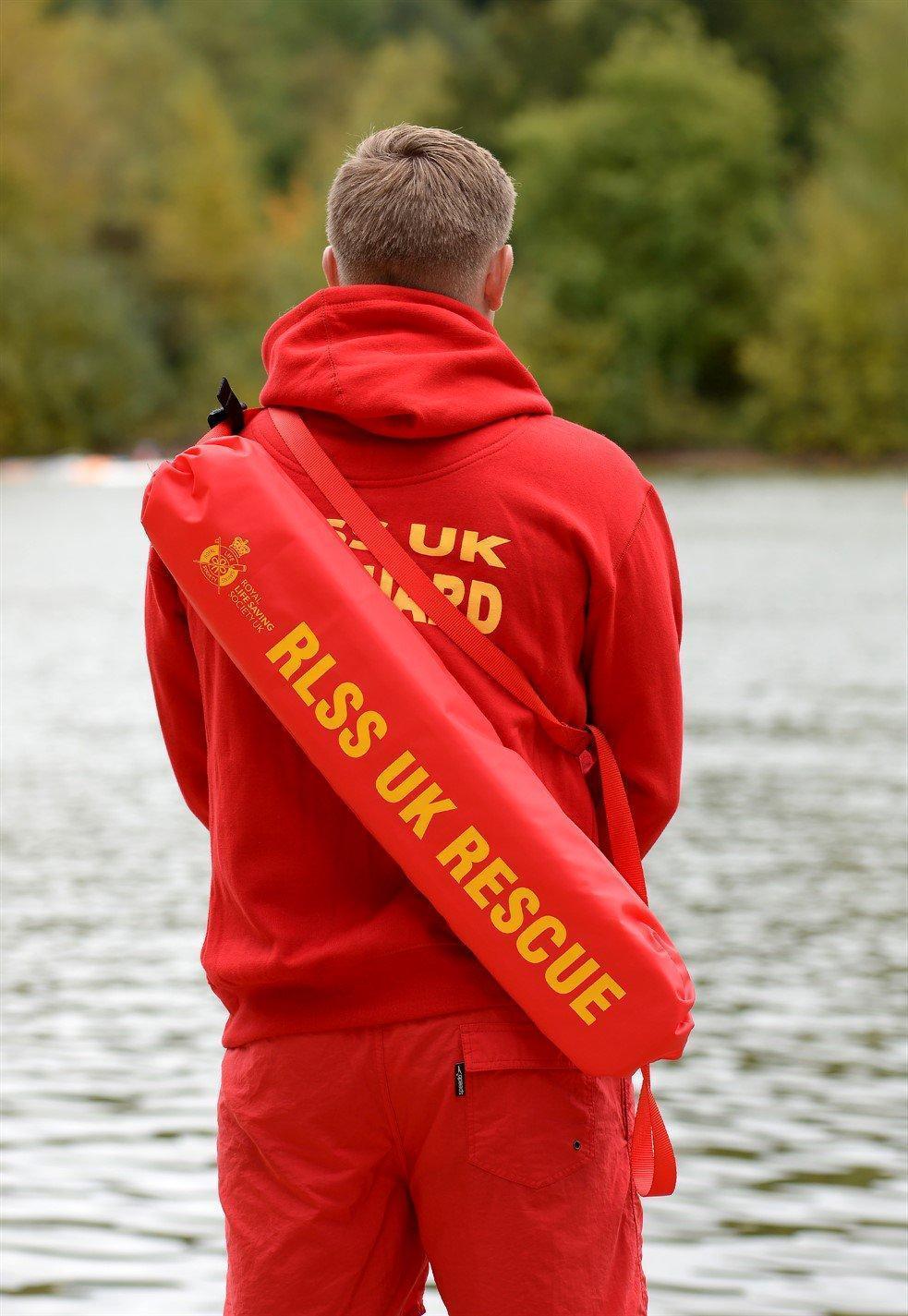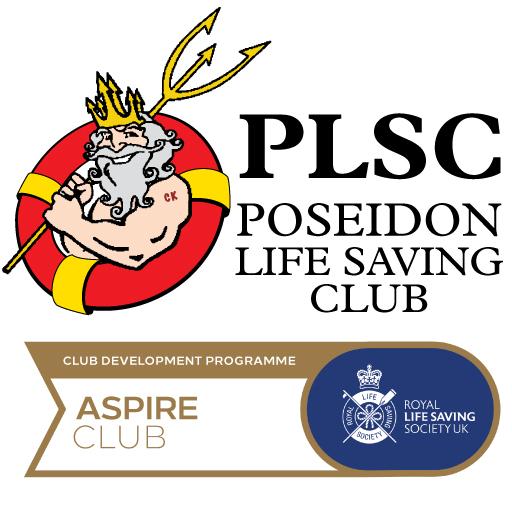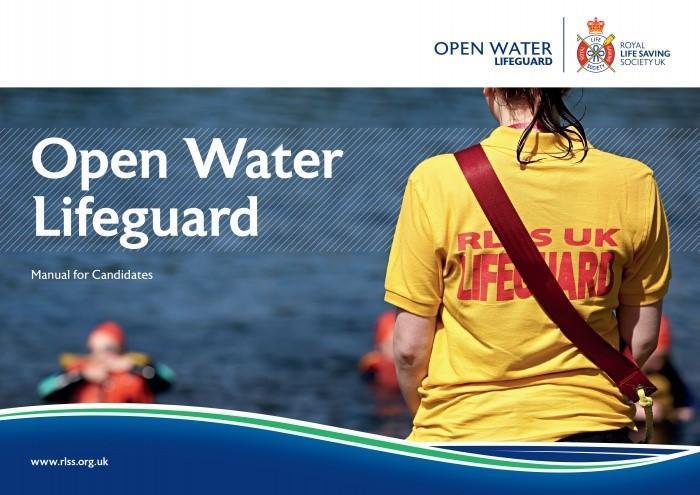How To Become An Open Water Lifeguard
Ages 16 + Years
The Open Water Lifeguard (OWL) Qualification was developed by the Royal Life Saving Society UK to address the role of open water lifeguards and the needs of open water operators. As the open water industry continues to grow, the RLSS UK have endeavoured to respond to change through the ongoing development of this qualification. The OWL qualification can be used to supervise and provide rescue cover for planned, organised and risk assessed activities in still, non-tidal water.
RLSS UK has also developed an Open Water Lifeguard ‘bolt-on’ Module, targeting qualified swimming pool lifeguards. The ‘bolt-on’ module equips lifeguards with both the knowledge and experience to supervise and provide rescue cover for planned, organised and risk assessed activities in still, non-tidal water.
Course Pre-requisites
- Jump/dive into deep water
- Swim 400m in a recommended time of 7mins 30 secs
- Have surfed a number of times – does not need to be proficient on their feet but be able to paddle out back easily
- Swim 200m continuously on their front and back
- Run at least 400m
- Surface dive up to 2m
- Have had previous surf lessons before coming onto the course
- Ability to swim side stroke or inverted breaststroke
How The Programme Works
The Open Water Lifeguard qualification enables candidates with no previous lifeguard experience to become qualified. By attaining this qualification candidates will have been assessed as competent to provide supervision and rescue cover for planned, organised and risk-assessed activities in open water still, non-tidal.
The Open Water Lifeguard Qualification, delivered over three days, is valid for two years and is independently assessed. The candidate manual and trainer resources help the Open Water Lifeguard Trainer Assessor deliver through the three sections:
Section 1 – The Open Water Lifeguard, environment, hazards and supervision
Section 2 – Responding to an emergency and taking action
Section 3 – CPR and First Aid
New candidates: 18hrs + Assessment
Renewal candidates: 10hrs + Assessment

Section 1
Environment, Hazards & Supervision
In this section of the course you will learn how to understand the enviornment you are lifeguarding, assessing the hazards that potentially cause risk and how to best supervise your area.

Section 2
Responding To An Emergency
In this section you will learn to to quickly and effeciently respond to an emergrncy using all potential rescue aids to recover and stabilise a casualty while seeking immediate help.

Section 3
CPR & First Aid
In this section you will learn how to administer CPR to a casualy you has stopped breathing as well as applying first aid to casualty injuries while waiting for help.

